White-nose Syndrome
(c) Marvin Moriarty/USFWS
White Nose Syndrome (WNS) is a disease that has spread across North America, caused by the cold-loving fungus Pseudogymnoascus destructans (Pd).
In 2006, affected hibernating bats were found in New York state with the white fungus growing on their face, hence the name, White-Nose Syndrome. WNS disrupts the bats' hibernation and causes them to expend more energy, which can lead to starvation and death.
WNS was discovered in Washington in 2016 in King County. It has since spread to several other areas of the state, mostly in the Cascades and westward. There never has been a concerted effort to count our state bat population, so we do not know how many bats have possibly died from the fungus.
Notify wildlife officials (WDFW) if you know of any bat roosts in your area, or if you find a dead bat so it can be tested. Although the fungus is primarily spread by bats, people entering bat roosts should follow standard decontamination guidelines to clean and disinfect clothing and gear.
Some species of hibernating bats, including the Little Brown Bat, have declined by more than 90% since White Nose Syndrome over the last two decades.
To see the fungus progression and where it currently is: White-Nose Syndrome
Washington Department of Fish and Wildlife:
White-nose syndrome in bats | Washington Department of Fish & Wildlife
US National Park Service
What Is White-nose Syndrome? (U.S. National Park Service) (nps.gov)



